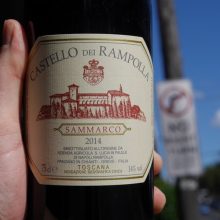
Product information
Castello dei Rampolla ‘Sammarco’ 2014
$119
Description
Cabernet & Merlot power through in the Sammarco with Sangiovese playing a supporting role. A fascinating wine. Don’t think of it as Cabernet from Bordeaux or Australia, think of it an excellent red wine. A lovely core of sweet black fruit is wrapped in playful, appropriately edgy tannins with just the right amount of grip. It’s rustic, no I don’t mean Bretty, yet elegant. A perfume of violets shines through. So much fun, very together and of great harmony. Give it another 10 years and it’ll be in a happy place!
Out of stock
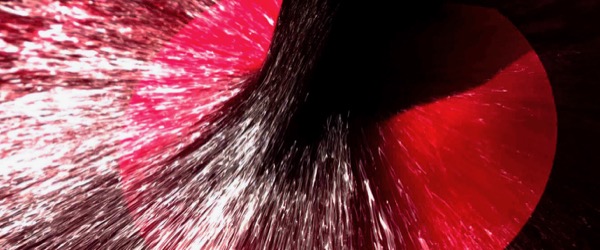
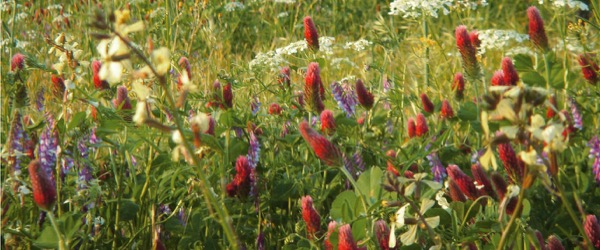

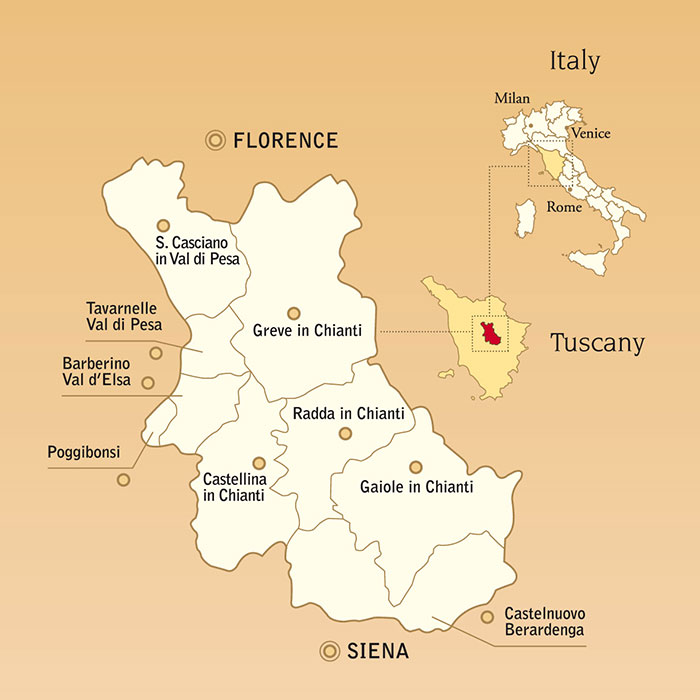
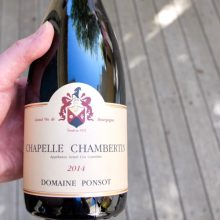
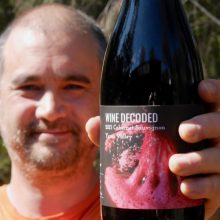
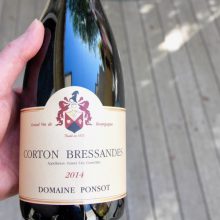
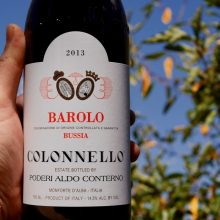
You must be logged in to post a comment.